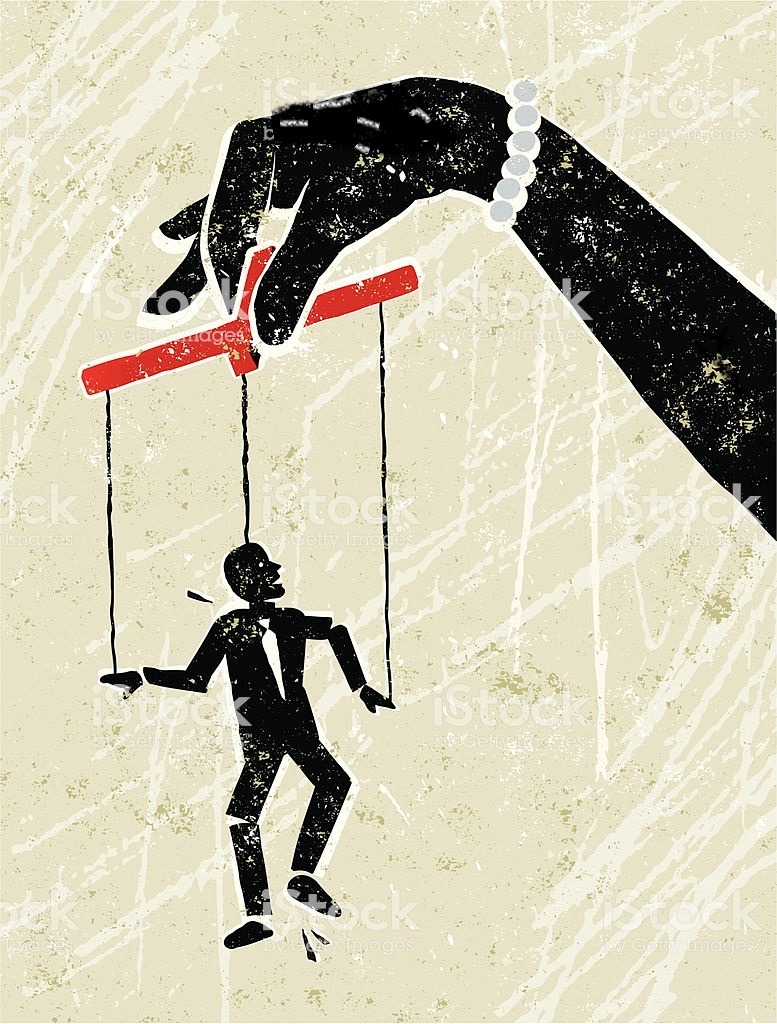Cialdini’s Principles of Manipulation
Psychologist Robert Cialdini reveals the psychology of influence and manipulation through seven basic principles. Understanding these can help you recognize when someone is trying to influence your decisions.
1. The Rule of Reciprocity
Explanation: The manipulator offers you a “gift” and then asks you to buy something or perform a certain action. Your automatic reaction is to agree, even if what you give in return is far more valuable than the original gift.
Example: Krishna devotees on the street don’t ask for donations directly—they first give you a flower or a book (which you don’t really need), and then suggest you can thank them by making a donation.
2. The Door-in-the-Face Technique
Explanation: The manipulator makes an obviously excessive request, then “concedes” to a smaller one—which was their real goal all along. You feel compelled to agree, since they made a concession for you (based on the rule of reciprocity).
Example: High-end boutiques initially set inflated prices, then announce discounts.
3. Commitment and Consistency
Explanation: You are encouraged to take an action, the logical continuation of which is another action that benefits the manipulator.
Example: Filling out a survey stating “I would buy this product at this price,” taking a test drive (which implies you’ll buy the car), or wearing a “I’m voting for Smith” button before an election.
4. Social Proof
Explanation: We tend to consider behavior correct if we see many others doing the same thing in a similar situation.
Example: Advertising phrases like “Millions have already tried Product X” or “Hundreds of reviews on our website.”
5. Liking
Explanation: We are more likely to comply with requests from people we know or like.
Example: A salesperson says, “Your friend John recommended I contact you.” Advertisers often use only attractive or famous people in their ads.
6. Authority
Explanation: People are conditioned from childhood to obey authority figures, and this habit is deeply ingrained and often unconscious.
Example: Dr. House (a fictional TV doctor) advertising medicine or medical products. Even though the actor isn’t a real doctor, many people will follow his “expert” advice without question.
7. Scarcity Principle
Explanation: We value things more when they are rare or hard to get. People are also more motivated to avoid losing what they already have than to gain something new.
Example: “The number of new iPhone 5s is limited”—this can be used to justify a higher price.



